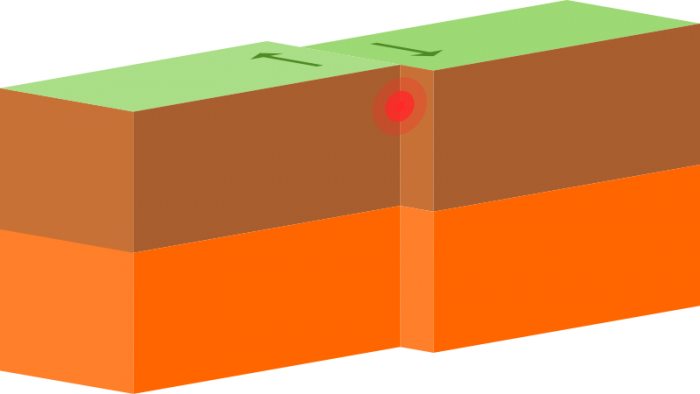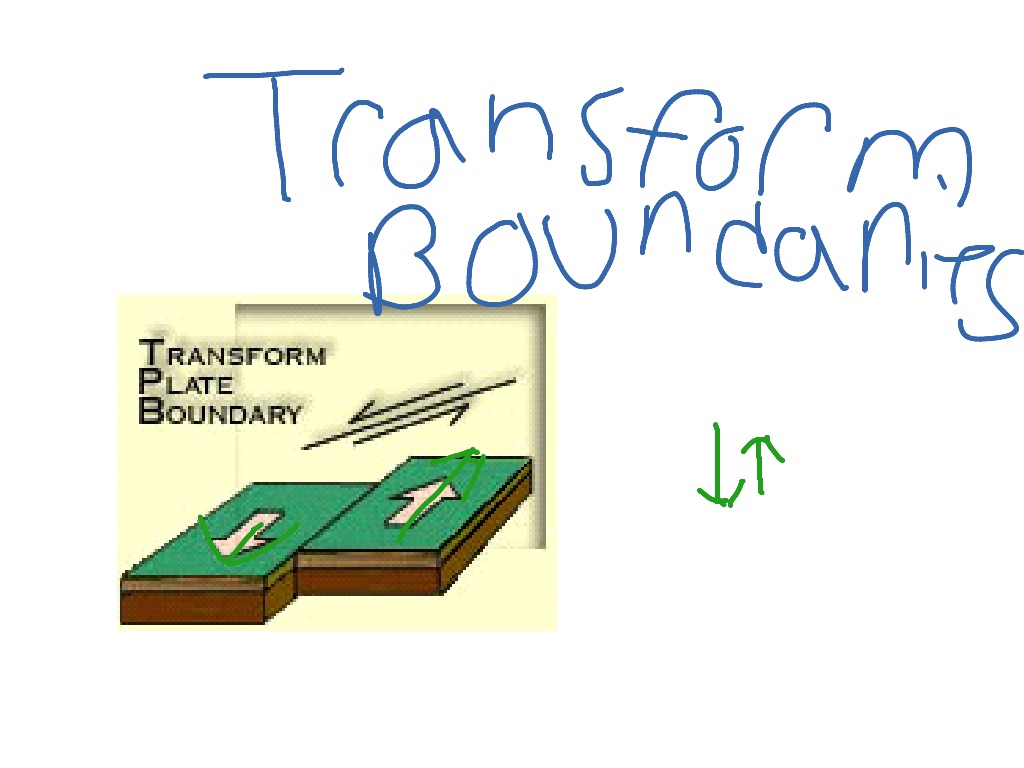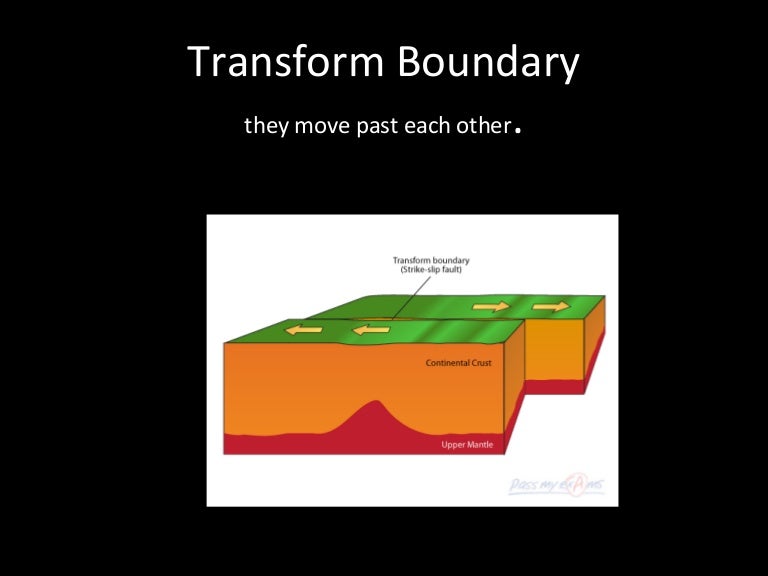

Transform boundaries drivers#
Three of the forces that have been proposed as the main drivers of tectonic plate movement are: There are a number of competing theories that attempt to explain what drives the movement of tectonic plates. The asthenosphere behaves like a fluid over very long time scales. What drives the movement of tectonic plates?īelow the tectonic plates lies the Earth’s asthenosphere. Observations show that most earthquakes are associated with tectonic plate boundaries and the theory of plate tectonics can be used to provide a simplified explanation of the global distribution of earthquakes, while some of the characteristics of earthquakes can be explained by using a simple elastic rebound theory. Tectonic plates move very slowly relative to each other, typically a few centimetres per year, but this still causes a huge amount of deformation at the plate boundaries, which in turn results in earthquakes. These slabs form the lithosphere, which is comprised of the crust (continental and oceanic) and the upper part of the mantle.

The Earth’s outermost layer is fragmented into about 15 major slabs called tectonic plates.

We also know that the outer part of the core is liquid, because S-waves do not pass through it. The core is composed of iron and we know that it exists because it refracts seismic waves creating a ‘shadow zone’ at distances between 103º and 143º. What are we doing about climate change?Īt a depth of about 2900 km is the boundary between the mantle and the Earth’s core.Understanding carbon capture and storage.What causes the Earth’s climate to change?.NGR hydrocarbons (well samples) database.

Palaeontology and biostratigraphy collections.Donations and loans of materials collections.Engineering and Geotechnical Capability.Integrated resource management in Eastern Africa.Rock Volume Characterisation Laboratory Cluster.Fluid and Rock Processes Laboratory Cluster.Equality, diversity and inclusion at the BGS.Environmental policy and sustainability strategy.This has been taking place over the last 10 million years at an average rate of 5 centimetres per year. It is approximately 1,300 kilometres long as is formed by the Pacific plate grinding past the North American plate. The San Andreas fault zone in California is an example of a transform boundary. Most transform boundaries are found on the ocean floors however a few occur on land. It is this sudden movement of the plates that causes earthquakes. When this stress is released the plates suddenly slip into a new position. When the plates become locked they cannot move and tremendous stresses build up at the fault line. The edges of transform boundaries are jagged and as they slide past one another they can catch and stick, locking the plates at a particular point. Transform boundaries are responsible for Earthquakes.
Transform boundaries crack#
This movement result in a crack or fracture in the Earth’s crust and is called a fault. At transform boundaries the two tectonic plates grind past each other in a horizontal direction. A transform boundary is the zone between two tectonic plates sliding past on another.


 0 kommentar(er)
0 kommentar(er)
